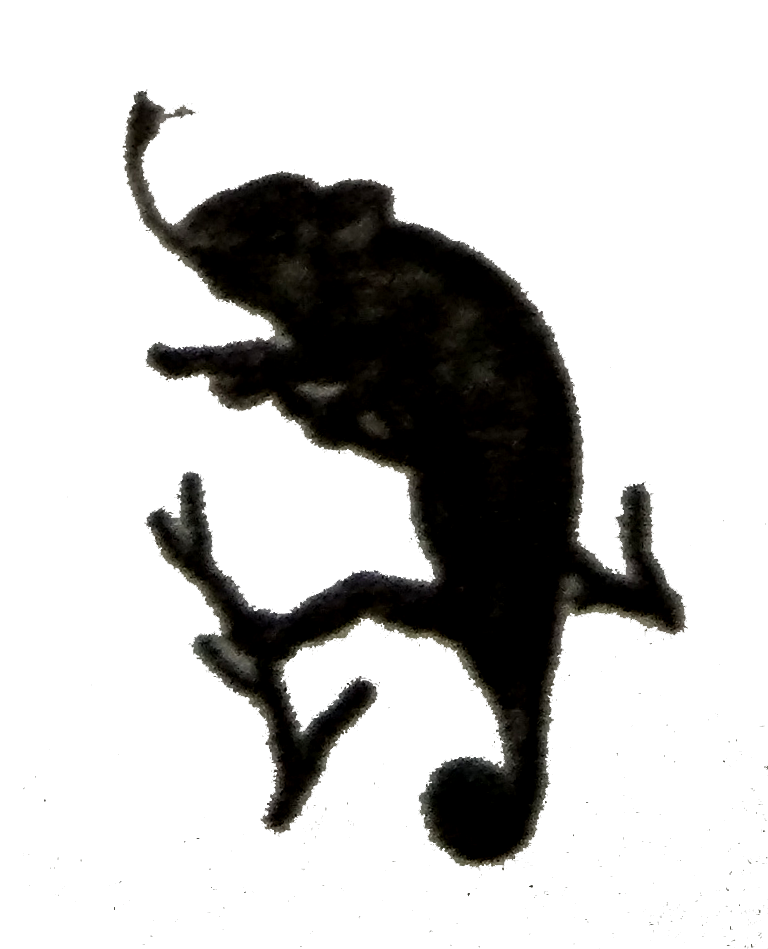Identify the group of animals characterized by presence of viviparity, homeothermy and ear pinnae
Pisces
Mammalia
Reptilia
Amphibia
To solve the question regarding the group of animals characterized by viviparity, homeothermy, and ear pinnae, we can follow these steps:
1. Understand Viviparity:
- Viviparity refers to the reproductive strategy where animals give birth to live young instead of laying eggs. This is a characteristic feature of certain groups of animals.
2. Understand Homeothermy:
- Homeothermy is the ability of an organism to maintain a constant internal body temperature regardless of external environmental conditions. This trait is commonly found in birds and mammals.
3. Identify Ear Pinnae:
- Ear pinnae are the external parts of the ear that help in collecting sound vibrations. This feature is typically found in mammals.
4. Evaluate the Groups of Animals:
- The question provides four options:
- A) Pisces (fish)
- B) Mammalia (mammals)
- C) Reptilia (reptiles)
- D) Amphibia (amphibians)
5. Analyze Each Group:
- Pisces: Generally oviparous (egg-laying) and poikilothermic (cannot maintain a constant body temperature).
- Mammalia: Most are viviparous (with the exception of the monotreme, the platypus), homeothermic, and possess ear pinnae.
- Reptilia: Typically oviparous and poikilothermic.
- Amphibia: Usually oviparous and poikilothermic.
6. Conclusion:
- Based on the characteristics of viviparity, homeothermy, and ear pinnae, the only group that fits all these criteria is Mammalia. Therefore, the answer is option B, Mammalia.
Final Answer:
Mammalia (Option B)
---
- Viviparity refers to the reproductive strategy where animals give birth to live young instead of laying eggs. This is a characteristic feature of certain groups of animals.
- Homeothermy is the ability of an organism to maintain a constant internal body temperature regardless of external environmental conditions. This trait is commonly found in birds and mammals.
- Ear pinnae are the external parts of the ear that help in collecting sound vibrations. This feature is typically found in mammals.
- The question provides four options:
- A) Pisces (fish)
- B) Mammalia (mammals)
- C) Reptilia (reptiles)
- D) Amphibia (amphibians)
- Pisces: Generally oviparous (egg-laying) and poikilothermic (cannot maintain a constant body temperature).
- Mammalia: Most are viviparous (with the exception of the monotreme, the platypus), homeothermic, and possess ear pinnae.
- Reptilia: Typically oviparous and poikilothermic.
- Amphibia: Usually oviparous and poikilothermic.
- Based on the characteristics of viviparity, homeothermy, and ear pinnae, the only group that fits all these criteria is Mammalia. Therefore, the answer is option B, Mammalia.
Mammalia (Option B)
Topper's Solved these Questions
- TEST 1BOOK - AAKASH INSTITUTECHAPTER - TEST 1EXERCISE - Examplle
18 Videos
- STRUCTURAL ORGANISATION IN ANIMALS (CONTD . . .) (ANIMAL MORPHOLOGY)BOOK - AAKASH INSTITUTECHAPTER - STRUCTURAL ORGANISATION IN ANIMALS (CONTD . . .) (ANIMAL MORPHOLOGY)EXERCISE - Assignment (Section-D)
10 Videos
- TEST 2BOOK - AAKASH INSTITUTECHAPTER - TEST 2EXERCISE - EXERCISE
459 Videos
Similar Questions
Knowledge Check
Ctenophores are characterized by presence of
AComb plateBColloblastCBioluminescenceDall of theseAtlas vertebra of man is characterized by the presence of
AProceolous centrumBAcoelous centrumCAmphicoelous centrumDAbsence of centrum.Teleost fishes are characterized by the presence of
AAir bladderBClaspersCCloacaDCartilaginous endoskeleton
The slime moulds are characterized by the presence of
View SolutionThe slime moulds are characterized by the presence of
View SolutionParencymatous tisue is characterized by the presence of
View SolutionCervical vertebrae are characterized by the presence of :−
View SolutionIdentify the vertebrate group of animals characterized by crop and gizzard in its digestive system
View Solution

